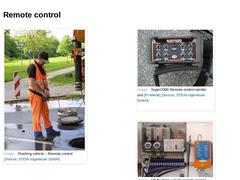
|
(Image: Flushing vehicle – Remote control) (Image: Super 2000 Remote control sender unit) (Image: HP flushing vehicle remote control reciever unit) |
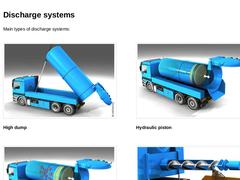
|
Main types of discharge systems: (Image: Sewer cleaning vehicle discharge system - High dump) High dump (Image: Sewer cleaning vehicle discharge system - Hydraulic piston) Hydraulic piston (Image: Sewer cleaning vehicle discharge system - Pneumatic) Pneumatic (Image: Sewer cleaning vehicle discharge system - Auger) Auger |
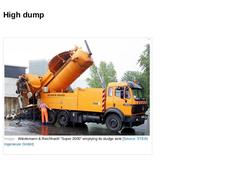
|
(Image: Wiedemann & Reichhardt "Super 2000" emptying its sludge tank) |
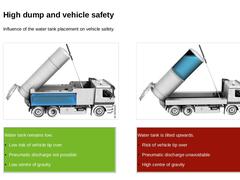
|
Influence of the water tank placement on vehicle safety. (Image: High dump - Placement of the water reservoir:Low centre of gravity) (Image: High dump - Placement of the water reservoir:High centre of gravity) |
Water tank is tilted upwards. |
|
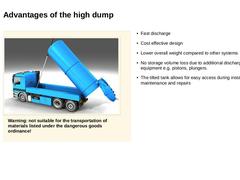
|
(Image: High dump discharge system) Warning: not suitable for the transportation of materials listed under the dangerous goods ordinance! -
Fast discharge
-
Cost effective design
-
Lower overall weight compared to other systems
-
No storage volume loss due to additional discharge equipment e.g. pistons, plungers.
-
The tilted tank allows for easy access during installation, maintenance and repairs
|
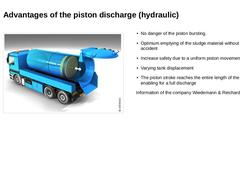
|
(Image: Sewer cleaning vehicle discharge system - Hydraulic piston) -
No danger of the piston bursting.
-
Optimum emptying of the sludge material without risk of accident
-
Increase safety due to a uniform piston movement
-
Varying tank displacement
-
The piston stroke reaches the entire length of the tank hence enabling for a full discharge
Information of the company Wiedemann & Reichardt [FI-Wiede] |
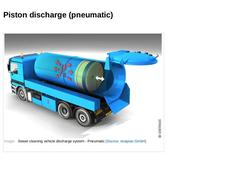
|
(Image: Sewer cleaning vehicle discharge system - Pneumatic) |
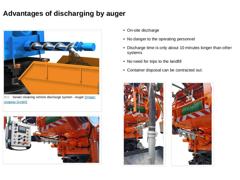
|
(Image: Sewer cleaning vehicle discharge system - Auger) (Image: Discharging by auger ) -
On-site discharge
-
No danger to the operating personnel
-
Discharge time is only about 10 minutes longer than other systems
-
No need for trips to the landfill
-
Container disposal can be contracted out.
(Image: Discharging by auger ) (Image: Discharging by auger ) |
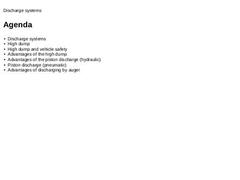
|
|
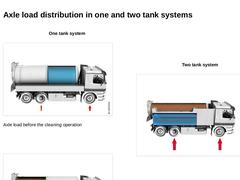
|
One tank system (Image: Mass distribution in a one-tank systems at the beginning of cleaning) Axle load before the cleaning operation (Image: Mass distribution in a one-tank systems at the end of cleaning) Axle load after the cleaning operation Two tank system (Image: Mass distribution in a two-tank systems) |
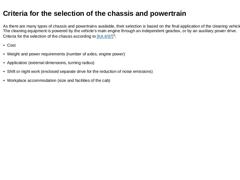
|
As there are many types of chassis and powertrains available, their selection is based on the final application of the cleaning vehicle. The cleaning equipment is powered by the vehicle's main engine through an independent gearbox, or by an auxiliary power drive. Criteria for the selection of the chassis according to [KA 4/97]1: -
Cost
-
Weight and power requirements (number of axles, engine power)
-
Application (external dimensions, turning radius)
…
|
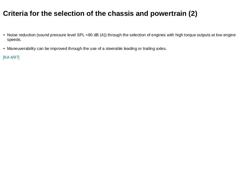
|
-
Noise reduction (sound pressure level SPL <80 dB (A)) through the selection of engines with high torque outputs at low engine speeds.
-
Maneuverability can be improved through the use of a steerable leading or trailing axles.
[KA 4/97] |
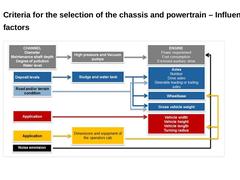
|
(Image: Criteria for the selection of the chassis and powertrain [Bild S&P GmbH]) |
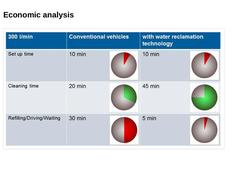
|
(Image: Economic analysis of high pressure cleaning vehicles 1) |
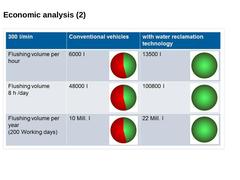
|
(Image: Economic analysis of high pressure cleaning vehicles 2) |
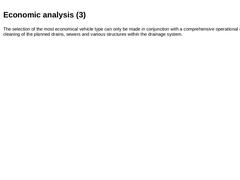
|
The selection of the most economical vehicle type can only be made in conjunction with a comprehensive operational concept for the cleaning of the planned drains, sewers and various structures within the drainage system. |

|
|
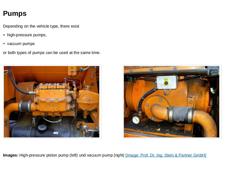
|
Depending on the vehicle type, there exist -
high-pressure pumps,
-
vacuum pumps
or both types of pumps can be used at the same time. Images: High-pressure piston pump (left) und vacuum pump (right) [Image: Prof. Dr. Ing. Stein & Partner GmbH] |
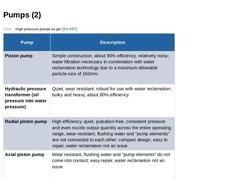
|
(Table: High-pressure pumps as per [KA 4/97 ]) |
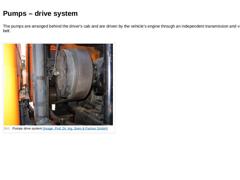
|
The pumps are arranged behind the driver's cab and are driven by the vehicle's engine through an independent transmission and v-belt. (Image: Pumps drive system) |
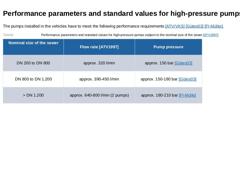
|
The pumps installed in the vehicles have to meet the following performance requirements [ATV/VKS] [Gütes03] [FI-Müller]. (Table: Performance parameters and standard values for high-pressure pumps subject to the nominal size of the sewer) |
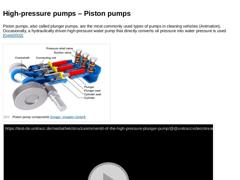
|
Piston pumps, also called plunger pumps, are the most commonly used types of pumps in cleaning vehicles (Animation). Occasionally, a hydraulically driven high-pressure water pump that directly converts oil pressure into water pressure is used [Geib2002]. (Image: Piston pump components) (Video: Ventil of the high-pressure plunger pump) |
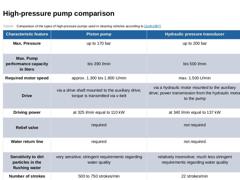
|
(Table: Comparison of the types of high-pressure pumps used in cleaning vehicles) |
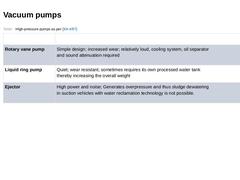
|
(Table: High-pressure pumps) |
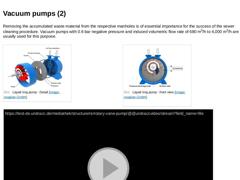
|
Removing the accumulated waste material from the respective manholes is of essential importance for the success of the sewer cleaning procedure. Vacuum pumps with 0.6 bar negative pressure and induced volumetric flow rate of 680 m3/h to 4,000 m3/h are usually used for this purpose. (Image: Liquid ring pump - Detail) (Image: Liquid ring pump - front view) (Video: Rotary vane pump) |